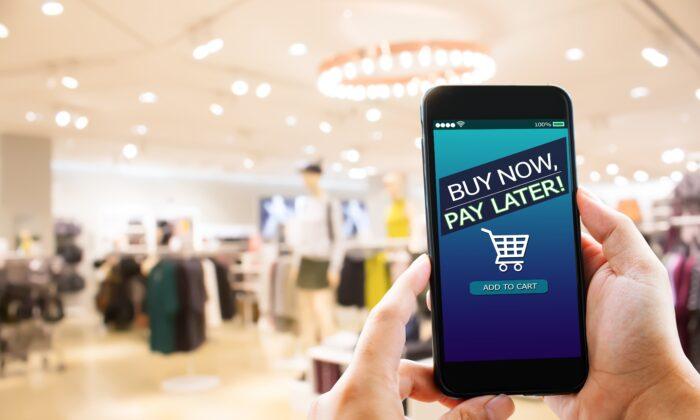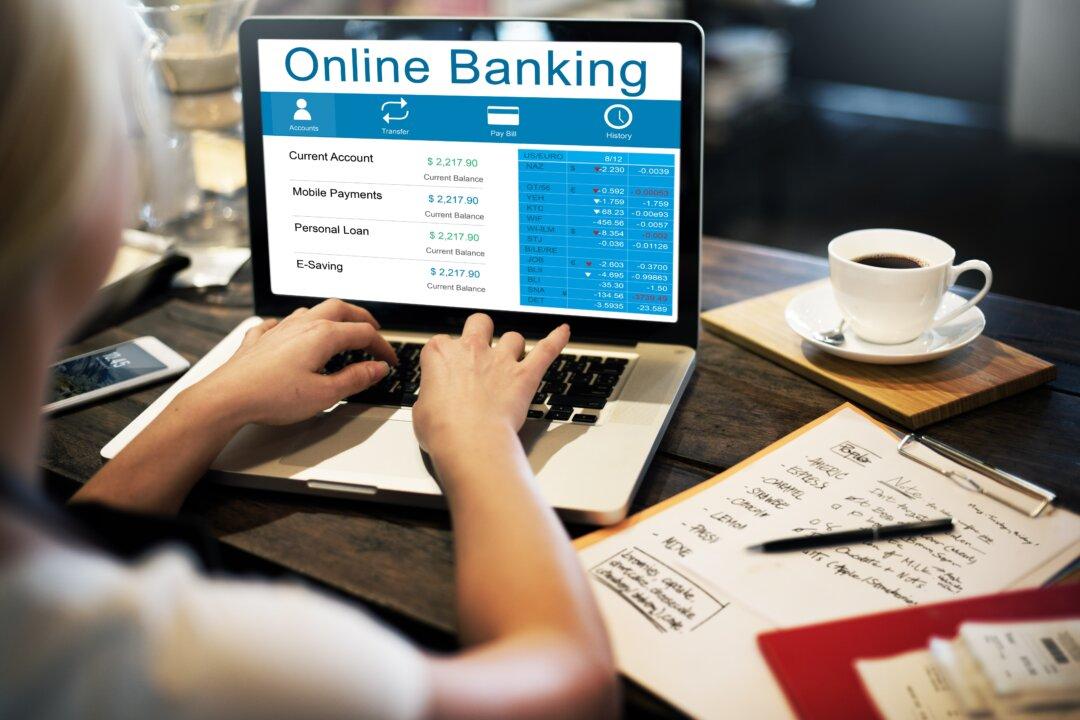BNPL Provides Short-Term Credit
Buy now pay later (BNPL) is a growing trend regarding large purchases. And although it’s still not as big as credit cards since the pandemic shutdown, its use has steadily increased.How Does BNPL Work?
Although BNPL is known for online financing, it is also available with some brick-and-mortar retailers. But when used online, the BNPL service is often offered to the consumer at checkout. Depending on the online retailer, this could be an in-store installment loan or provided by a third party. Not all retailers offer BNPL, so you'll need to check if that’s what you’re looking for.If you want to use BNPL and it is offered, you'll need to fill out a form at check out. The form will probably ask for your name, Social Security number, phone number, date of birth, and email address. And although there’s no guarantee, having bad credit or no credit may not be a factor in the decision.
Paying a BNPL Loan
When a BNPL is approved, the payments are broken into installments. Most companies use a “pay in four” model. Usually, a 25 percent down payment is required, then the rest of the price is broken up into three payments. The interval between payments is two weeks.For example, if you bought a $100 item and wanted to use BNPL, you would put 25 percent down. You would then have three payments of $25. Since there are two weeks between each payment, you’ll have your item paid for in six weeks.
Does BNPL Affect a Credit Score?
In the past, BNPL did not routinely appear on credit reports. But if you were hoping to build credit or restore credit with BNPL, it wouldn’t help. Late payments didn’t hurt credit either unless you were sent to collections.This made BNPL a very attractive way to finance for those without credit.
But this may be changing. The big three credit bureaus—TransUnion, Experian, and Equifax—now plan to use data about BNPL loans.
TransUnion’s research showed that 43 percent of BNPL applicants had subprime credit. This made them 13 percent of credit users. And since BNPL companies don’t run credit checks, this gives those without credit opportunities.
Who Uses BNPL?
The BNPL service is particularly popular with millennials and Generation Z. Sixty-one percent of 18- to 24-year-olds have used BNPL. While 60 percent of 25- to 34-year-olds have used it. Compare that to those 54 or older. Forty-one percent of this age group have used BNPL, and also is attractive to younger demographics.Purchases Made with BNPL
Most people who make purchases using BNPL are buying clothing. Electronics is the second-biggest purchase, while furniture is the third. Except possibly for clothes, BNPL is used for larger-ticket items usually outside a budget. Breaking down a new desktop computer payment over six weeks can be an easier way to make that purchase.Companies Who Provide BNPL
The BNPL market hit $120 billion worldwide in 2021. The industry recorded an 85 percent compound annual growth rate.Many companies have taken advantage of this financing trend. The biggest BNPL company is PayPal. Fifty-three percent of BNPL users have taken advantage of PayPal’s service.
Regulation for BNPL
Unlike credit card companies, BNPL companies are not regulated. The U.S. Consumer Financial Protection Bureau (CFPB), which doesn’t currently regulate it, plans to issue guidance “to oversee the lenders and subject them to supervisory exams.”The CFPB is concerned with the number of approvals. Seventy-three percent of applicants were approved in 2021. This contrasts with the 69 percent approved in 2020.
Easy Way to Have What You Want
The BNPL services make it easy to buy what you want when you want. There’s no credit check, and payments are stretched out over six weeks. Gen Z and millennials are taking advantage of the BNPL finance trend.It has benefits not only for the consumer but for retailers. But does it promote living above your means? And will it cause yet another generation to fall into debt? Such questions should be considered before engaging in buy now pay later financing.







Friends Read Free